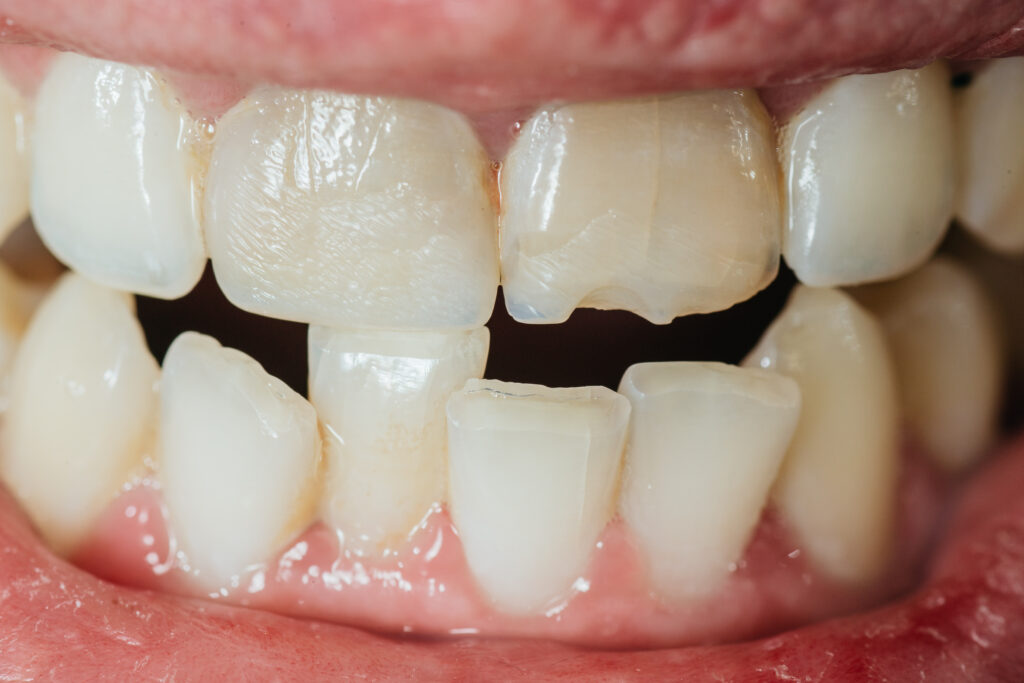Help! I Have a Cracked Tooth!

Having a cracked tooth can be quite a painful and stressful experience. Even a hairline crack that’s too small to detect using an x-ray can cause extreme pain and wreak havoc on your oral health. Your trusted team at Rancho Mirage and Palm Springs Endodontics is pleased to offer emergency endodontic care to relieve your discomfort and save the affected tooth whenever possible. You can always count on our team for exceptional, gentle care.
What Are the Causes of a Tooth Crack?
A cracked tooth can result from trauma to the mouth, chewing on hard objects such as candy or ice, and habitual teeth grinding and clenching, a condition known as bruxism. It can also result from temperature changes, large fillings that compromise your tooth structure, or natural wear and tear.
What Are the Signs and Symptoms of a Cracked Tooth?
If you have a tooth crack, you may experience or more of the following symptoms:
- Erratic and often extreme pain when chewing
- Sensitivity to hot and cold temperatures
- Hard to pinpoint discomfort
- Pain that comes and goes
What Are the Types of Cracked Teeth?
There are several types of tooth cracks that are classified based on the location and extent of damage. Here’s a look at the most common types of tooth cracks:
Craze Lines: These are typically superficial hairline cracks that only affect the outer enamel. They are usually minor concerns and don’t require treatment.
Fractured Cusp: This type of crack occurs when a tooth’s cusp is damaged or broken, often when there’s a large filling. You may require a root canal treatment if the pulp is exposed. However, most fractured cusps are repaired using new fillings or crowns.
Cracked Tooth: This type of crack typically runs vertically and may occasionally extend under the gum lines. Cracked teeth are often challenging to diagnose. You may require root canal therapy to relieve your discomfort and save the affected tooth.
Split Tooth: A split tooth is a more severe form of a cracked tooth, where the crack extends from the crown to the root to the extent that the tooth is split in two. This type of damage is usually too extensive to save the tooth and may require extraction.
Vertical Root Fracture: This type of crack starts in the tooth’s root and travels upward. It usually doesn’t cause much pain and may go undetected. A vertical root fracture usually requires extraction, although removing the fractured root can save the tooth in some cases.
Even small cracks can lead to significant damage if left untreated. That’s why it’s important to visit your dentist or your trusted team at Rancho Mirage and Palm Springs Endodontics if you experience any symptoms of a cracked tooth.
How Can You Lower the Risk of Cracked Teeth?
While not every cracked tooth can be prevented, there are some steps you can take to lower the risk, including the following:
- Maintain good dental hygiene practices to keep your teeth strong and healthy.
- Avoid biting down on hard foods or candies.
- Wear a protective mouthguard if you are engaged in contact sports or if you grind your teeth in your sleep.
- Visit your dentist for your regular, twice-yearly dental exams and cleanings.
Quality Endodontic Care Near Me
If you have symptoms of a cracked tooth, don’t wait. Contact Rancho Mirage and Palm Springs Endodontics today. We will evaluate your tooth and recommend the best treatment option to alleviate your pain and discomfort and restore your oral health. The earlier you get treatment, the better the chances of saving the tooth. We invite you to call us to schedule your appointment today!